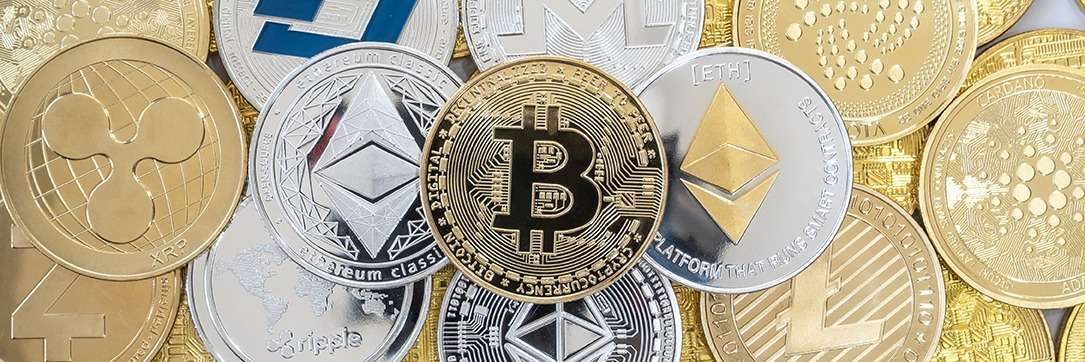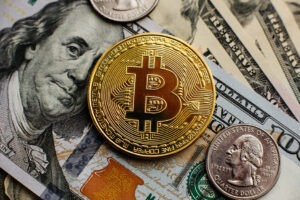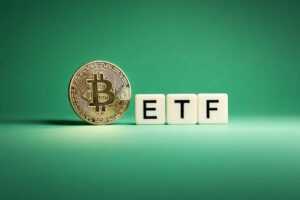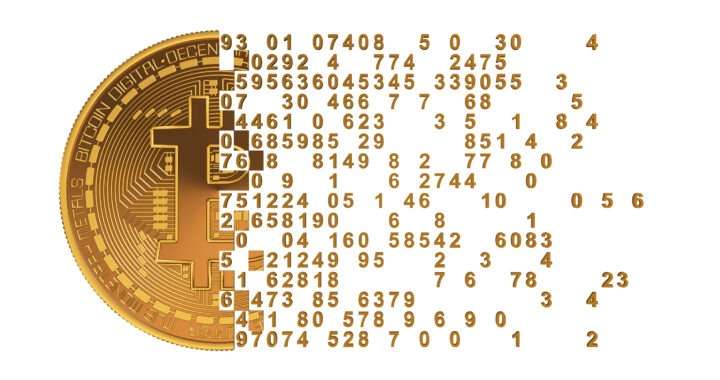Formula 1 (F1) racing and Cryptocurrency are rapidly changing how fans, teams, and even sponsors interact with motorsport. This connection is already making waves in the F1 space and as such, diverse elements like digital assets and Blockchain become more instrumental in delivering this dynamic experience.
From the 2024 Mexico Grand Prix to the 2025 scheduled races, we’re witnessing first-hand how the sport and its fan base are evolving with designed partnerships. Basically, this will set the stage for an entirely new kind of motorsport culture.
Changing Fan Engagement
Did you know Formula 1 is the most expensive sport in the world? Well, Cryptocurrency companies also see this fact. When making strategic partnerships with this costly sport, they are sparing no coin in giving big names like Aston Martin and Red Bull competition. It is safe to say that F1’s interest in Cryptocurrencies is the uptick that the fan group is getting out of it.
In 2024, more Formula 1 teams are adopting Blockchain-based fan tokens to engage their audience directly. With these tokens, fans receive the right to participate in decisions related to their preferred teams, for instance, choosing the designs or decision-making in non-significant areas.
Additionally, when buying or selling tokens, users receive rewards that include but are not limited to gaining access to other content, promotional images or short walks, let alone meet-and-greets with drivers. These experiences go beyond standard fan experiences, and they bring the fans into communities that support their teams and value their patronage.
NFTs and Collectibles in Formula 1
If you have been following Formula 1 news, then you are well aware of just how much Cryptocurrency companies are moving to mark their place in this huge motorsport. F1 has sought to integrate with NFTs. Sequentially, providing fans with an opportunity to own digital collectibles, including 3D models of some previous F1 cars or an art print of a special moment in the race.
Therefore, traditional collectables and NFTs as digital tokens have the right mix of collectables and F1 fans’ appeal due to the uniqueness of each token’s signature on the Blockchain. The worth of these NFTs is not merely in their face value; it has become an interesting gimmick to engage Formula 1 and its history. Fans can buy an NFT of a historically significant race to get a collectable. Alternatively, they can obtain the NFT of the car involved in a championship win. This idea resonates best with young audiences who are perhaps already conversant with token ownership from gaming or other decentralised assets.
Sponsorship and Blockchain Integration
Cryptocurrency’s influence is also seen in sponsorship and branding in F1, with larger and more extravagant sponsorships being signed more easily due to their digital nature. Current popular crypto exchanges such as Crypto.com and Bybit have entered into multimillion-dollar deals with F1 teams, bringing new sources of finance into the sport.
These partnerships provide F1 teams with the necessary funding to operate. They also raise overall awareness of cryptocurrencies among F1 fans. The greater presence of these brands during races, especially in events such as the Mexico Grand Prix, shows that digital finance and sports are creating synergies to reach new audiences.
Besides sponsorship, Blockchains are bringing change to F1 through increased transparency and resource utilization. Indeed, some teams are considering using Blockchain technology to manage car parts and logistics. Blockchain technology uses smart contracts to simplify purchasing merchandise, managing team movements, and handling many other tasks.
Mexico Grand Prix Fuelling the Motorsport Culture
The recently concluded October 28th Mexico Grand Prix is a good example of how Cryptocurrency transforms Formula 1. This is especially true after Carlos Sainz Jr’s victory, challenging big names like Lando Norris and Verstappen. The event showcased a liberal approach to adopting digital currencies, making it a standout in the F1 calendar.
During this event, fans widely adopted fan tokens, allowing them to shape race-day experiences and engage with teams. Such a direct engagement is not only thrilling for the audience but also makes them a part of the fan base that can convert occasional watchers into loyal fans.
Moreover, the Mexico GP depicts the ability of NFT to transform moments into assets for fans: race highlights or snapshots of the event. Applications of such changes could soon spread across the F1 series and better race-watching experiences while providing fans more to digest after the races.
A Digital Future for Formula 1
With the advancement of Cryptocurrency adoption worldwide, its entrenchment in F1 will also extend in fulfilling the gaps between the sport and its fans. Changes we are witnessing in F1 could extend to other areas like virtual immersion or the fan zones. Fans worldwide would join the live event in unheard-of ways and numbers. Blockchain would improve security and transparency, redefining everything from ticketing to revenue sharing between teams and stakeholders.
Formula 1’s involvement with Cryptocurrency as part of its marketing strategy shows that this sector is evolving as it incorporates racing, technology, and modern money. When fans, teams, and sponsors operate within this digital environment, F1 shows that sports organizations are not confined by development but can work together in harmony. The current partnerships and sponsorships are signs of a tremendously shifting process that will keep changing the F1 fan experiences for generations to come.
The Take Home
The adoption of Cryptocurrency and Blockchain by Formula 1 is pushing the sport to a new level that engages more and more fans from around the globe. F1 is making sure that the racing culture is upheld as the world shifts into the digital age, and several industries are also following suit. Moving forward into this new age of technology, races like the Mexico GP and others have proved that digital currencies can add more value to motor racing, making it more interactive for the fans. This makes them part of the race while allowing motorsports to set the stage for the evolution of a new racing era in the years to come.
Image Source: Adobe Stock
Disclaimer: This article is provided for informational purposes only. It is not offered or intended to be used for legal, tax, investment or financial advice.












